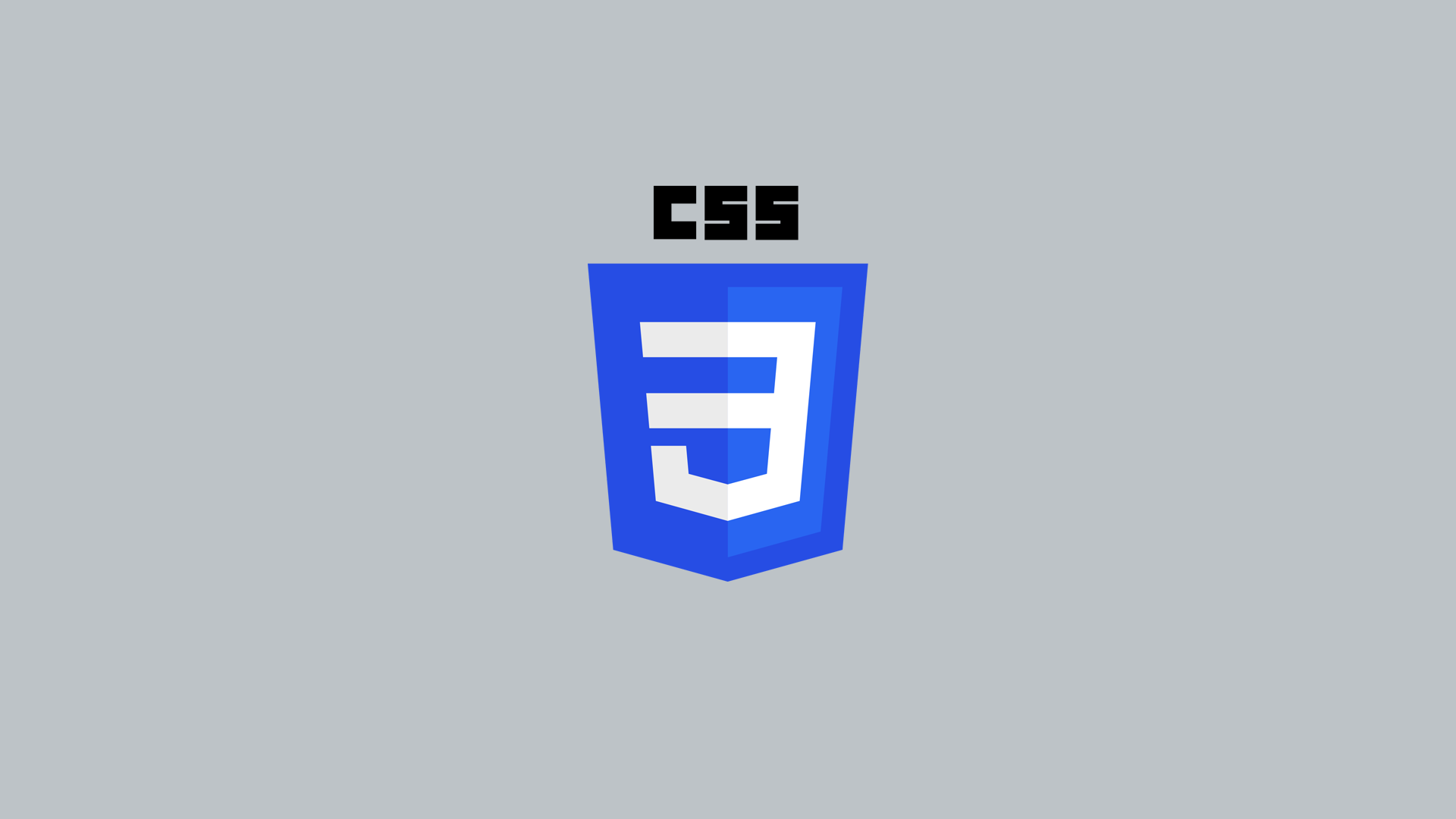In the realm of web development, Cascading Style Sheets (CSS) keywords play a pivotal role in fine-tuning the presentation and layout of HTML elements. These keywords serve as powerful tools that streamline the styling process, offering a shorthand approach to implementing common styling properties. This article will delve into the world of CSS keywords, exploring their various applications and the efficiency they bring to the development workflow.
Simplifying Styling Syntax
CSS keywords are predefined terms that simplify the application of styles to HTML elements. They act as shortcuts, allowing developers to express styling properties without specifying numerical values. From defining font styles to setting margins and paddings, CSS keywords enhance readability and efficiency in the code, reducing the need for repetitive numerical declarations.
Prioritising Readability
One of the key applications of CSS keywords lies in font styling. Keywords like normal, italic, bold, and underline enable developers to quickly and intuitively modify the appearance of text without delving into intricate font properties. This simplicity enhances code readability and accelerates the styling process, particularly in projects with extensive text content.

Text Alignment and Decoration: Improving Aesthetics
CSS keywords prove invaluable when aligning text and applying decorative elements. Keywords like left, center, right, and justify streamline text alignment, ensuring a consistent and visually appealing layout. Similarly, keywords such as overline, line-through, and none facilitate effortless text decoration, allowing developers to enhance or suppress underlines and strikes with minimal effort.
Box Model Simplification: Padding and Margins Made Easy
In the CSS box model, keywords shine when defining padding and margins. Instead of specifying pixel values, keywords like auto, inherit, and initial simplify the process. For instance, auto adjusts values automatically, inherit inherits values from a parent element, and initial resets properties to default values. This flexibility enhances code maintainability and adaptability.
Color Palette with CSS Keywords: Adding Visual Appeal
The keywords extend their utility to the realm of color styling. Instead of hexadecimal or RGB values, keywords like red, blue, green, and others provide a convenient way to express colors. This not only makes the code more human-readable but also allows for quick adjustments and experimentation with different color schemes.
Positioning Elements: Streamlining Layouts
When positioning elements on a webpage, CSS keywords prove instrumental. Keywords like relative, absolute, and fixed dictate the positioning behavior of elements within their containing elements or the entire viewport. This simplifies the creation of responsive layouts, ensuring consistent placement regardless of screen size or device.
Display Property Keywords: Controlling Element Visibility
The display property is a cornerstone of CSS, determining how elements are rendered on the page. Keywords like block, inline, flex, and grid dictate the display behavior, allowing developers to control the flow and arrangement of elements effortlessly. Hence, this versatility is particularly useful in creating responsive and dynamic layouts.
Transition and Animation: Crafting Engaging User Experiences
Moreover, these keywords are pivotal in creating smooth transitions and animations. Properties like ease, linear, and ease-in-out enable developers to define the timing function of transitions, controlling the acceleration and deceleration. For animations, keywords like @keyframes and infinite simplify the creation of dynamic and engaging user experiences, adding a layer of interactivity to web applications.
Media Query Keywords: Tailoring Styles to Devices
In the era of responsive web design, CSS keywords in media queries allow developers to adapt styles based on the characteristics of the device. Keywords like min-width, max-width, and orientation empower developers to create layouts that seamlessly adjust to different screen sizes and orientations, ensuring a consistent user experience across devices.
Conclusion
In conclusion, keywords for CSS are indispensable tools for web developers, streamlining the styling process and enhancing code readability. Therefore, from font styling to layout positioning, color selection, and animation, these keywords offer a concise and efficient way to express styling properties. As developers continue to leverage the flexibility and power of CSS keywords, the efficiency and maintainability of web development workflows are poised to reach new heights.

